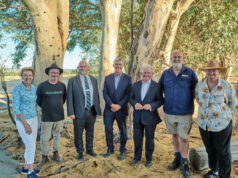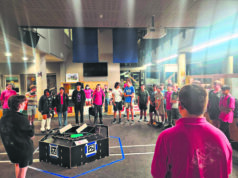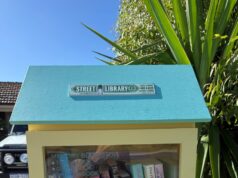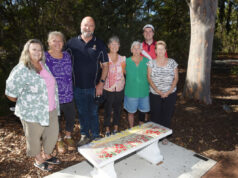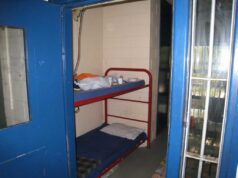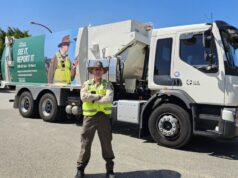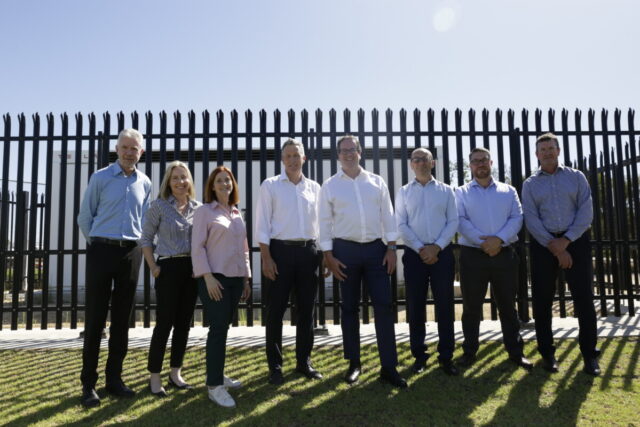
Western Australia is on the precipice of leading the country into a new energy future. And it all began in Harrisdale.
More than 40 percent of Western Australian households now have rooftop solar, compared with around 30 percent just 18 months ago.
“We are seeing about 30,000 rooftop solar systems connected each year, and about 500 to 600 battery systems connected every month,” Head of Distribution Energy Transition at Western Power Andrew Blaver said.
WA’s photovoltaic cells (PV) now collectively generate around four times the electricity of the largest coal-fired power station.
With nearly 300 days of sunshine a year, it’s no wonder West Aussies are tapping into the power of the sun.
But as more and more people connect their PVs to the grid, the abundance of power generated threatens to squeeze coal and gas out of the system altogether.
Grid decarbonisation is a major goal for Australia in an effort to slow global heating, but scientists and electricity distributors have been warning for the better part of a decade that putting all our eggs in the solar basket has the potential to create an unstable energy network because solar power is inherently intermittent; there’s no power being generated at night when usage peaks.
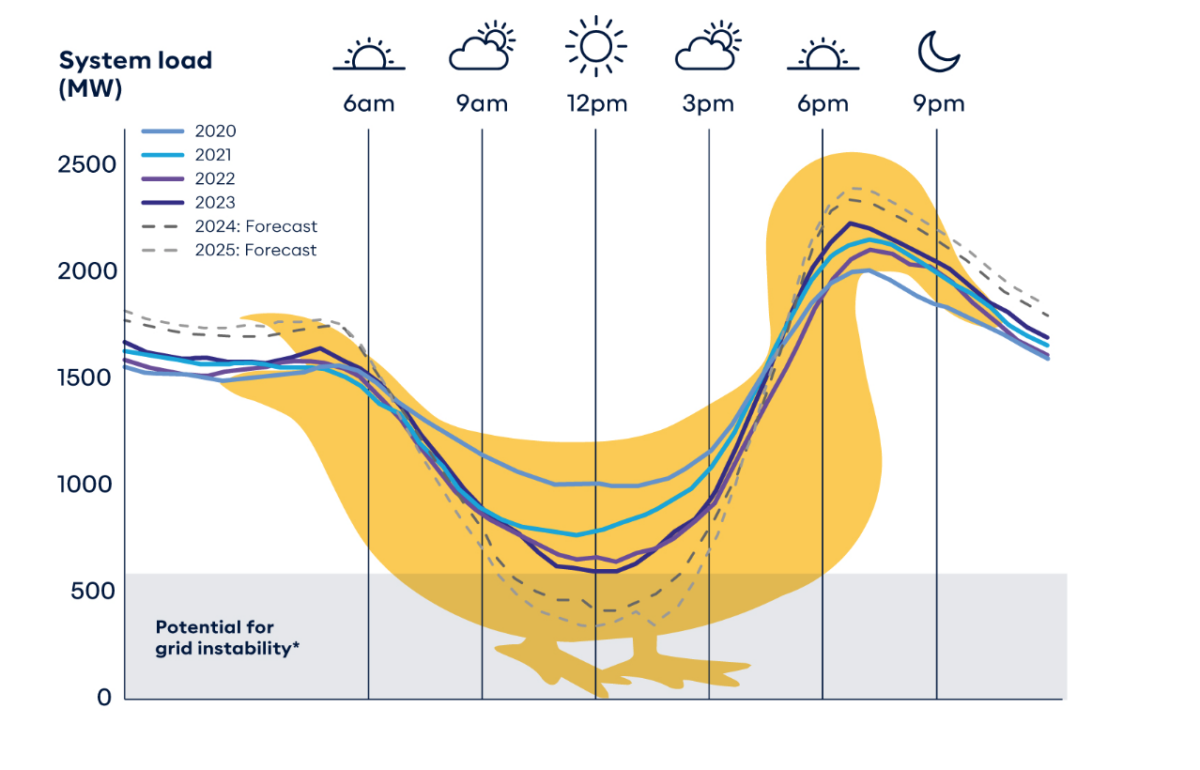
Because Australia’s rapid uptake of solar power is so far ahead of the rest of the world, we’re the first to face this problem.
And nowhere in Australia is the issue more consequential than WA; our large isolated grid means we are on our own, unable to borrow or offload excess energy from neighbouring states.
Increasing storage capacity has long been touted as one solution to the problem. And WA is currently betting big on batteries.
In Kwinana, on a site where stockpiles of coal once stood, is a sea of batteries vast enough to power half a million Perth homes for several hours. An even larger battery storage system in the former coal capital of Collie is just about to be switched on.
And around four years ago, an innovative two-year pilot project using community batteries was launched on our doorstep, in the City of Armadale.
“Here in Harrisdale, we’ve had people leading the way in how we manage the energy transition here in Western Australia, and also nation-wide,” Member for Burt Matt Keogh said.
Project Symphony was a collaboration between Western Power, Synergy, and the Australian Energy Market Operator (AEMO) which ‘orchestrated’ over 900 solar panels and home batteries from 500 homes and businesses in Harrisdale and Piara Waters into a ‘Virtual Power Plant’.
Excess solar energy was stored in 10kW household batteries and in a 1MW community battery located at the Harrisdale playing fields, and released back into the system when it was needed most.
On top of donating land to house the battery, the City of Armadale also signed up its solar panels and battery at the Armadale Fitness and Aquatic Centre as part of the trial.
“We’re incredibly grateful to the City of Armadale for their vision and leadership,” Project Symphony spokesperson Andrew Blaver said.
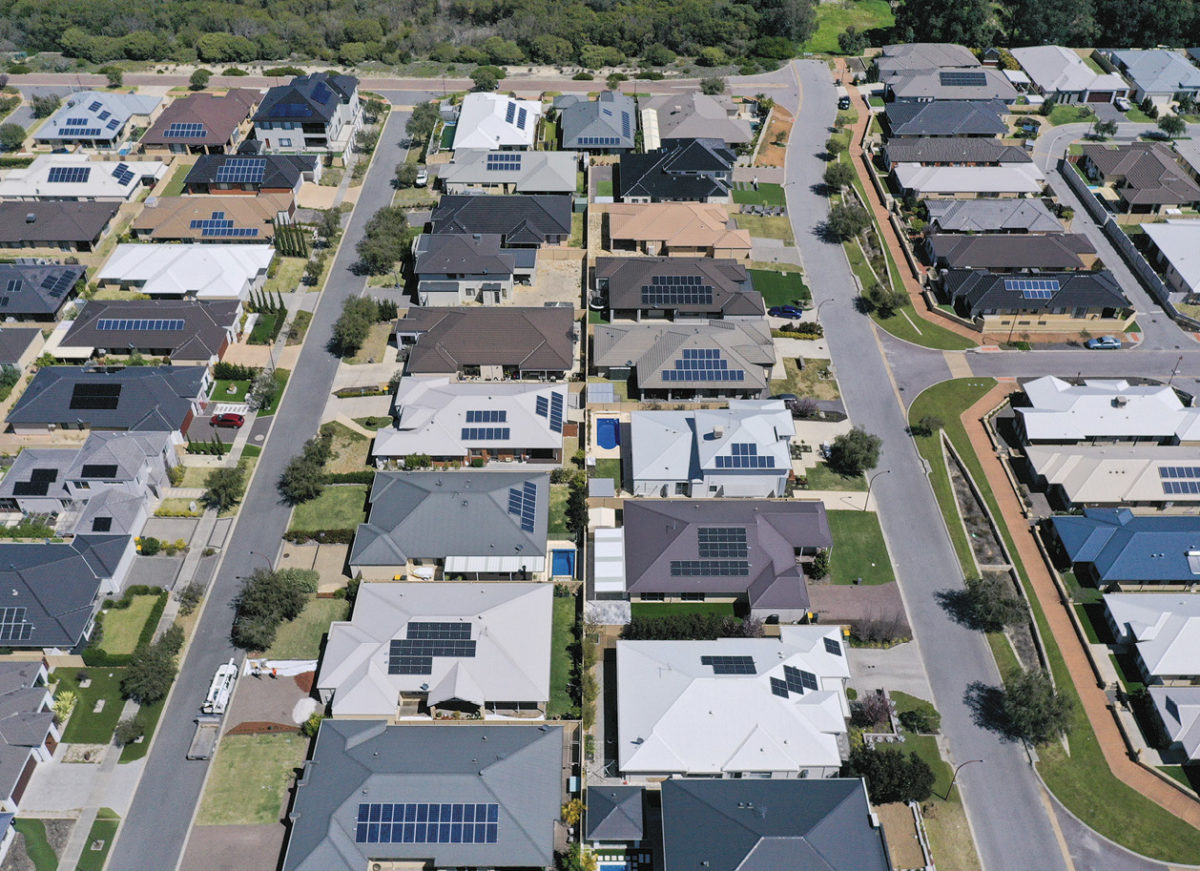
The area was hand-picked because of its above-average uptake of solar (around 50 percent), a demonstrated interest in new technology (like home batteries), and identified bottlenecks in the local energy network.
“Those three things together pointed to Harrisdale. And ultimately it proved to be a good choice. Because this battery and the household batteries took a lot of pressure off the network,” Mr Blaver said.
“We approached about 3500 households and we got about 500 of those who wanted to sign up, which I think is a pretty good indicator of the interest.”
Mr Blaver said those who put up their hands to take part were motivated by a variety of factors, including financial.
Around 150 households which participated signed up to a package which offered a 50 percent contribution toward a home battery system. With household batteries still costing upwards of $10,000, and no state government rebates available, this was a significant incentive for many.
Mr Blaver said, on average, participants also received hundreds of dollars in financial rewards for contributing their excess energy back into the grid when it was needed most.
But some were also motivated by a desire to help the environment, or their community.
He explained that when Western Power is allowed to tap into local ‘assets’ to help smooth out supply instead of build more poles and wires to compensate, it cuts costs for everyone.
“When we build more infrastructure, that puts more upward pressure on electricity costs, because that cost is distributed to all customers,” Mr Blaver said.
“Through Project Symphony we found that when customers know they can act locally to help their whole neighbourhood, help the grid, and help the environment, they do get on board.
“They understand this is something bigger than their own household.”
Some more fine-tuning is needed, but with the Project Symphony pilot ultimately hitting the right notes, a scaled-up version is getting ready to shake up the wider Western Australian energy market.
Last Thursday, Project Jupiter was officially launched, with $20.8 million in financial support from the federal government’s Australian Renewable Energy Agency (ARENA).
From early next year, anyone connected to Western Power’s network will be able to start signing up, with community batteries to be co-located in parts of the network where they’re needed most.
“Project Jupiter will be the first live Distributed Energy Resources marketplace in Australia that is integrated with the wholesale market, marking an important milestone in Australia’s renewable transition,” ARENA CEO Darren Miller said.
Andrew Blaver said the partners learned three main lessons from Project Symphony: “It’s got to be simple, trusted and valuable”.
To incentivise potential customers they are looking to better the current rate that customers earn for contributing their spare energy into the grid.
The Distributed Energy Buyback Scheme (DEBS) which operates in WA currently pays a dividend of 10 cents/kW hour during peak demand (between 3pm and 9pm) but only up to three cents at all other times. This is significantly less than the 40 cents/kW hour incentive that existed a decade ago for early adopters of rooftop solar.
Mr Blaver said incentives are still being ironed out with providers, “but we know we have to beat the three and ten cents”.
With around a $100 million price tag, there’s a lot riding on the success of Project Jupiter, but Mr Blaver believes the planets will align.
He expects customers will earn hundreds of dollars a year for signing up their asset to the network.
“And ultimately Jupiter will be a success because it’s a whole-of-energy industry collaboration,” he said.
And the federal government is just as sunny about the potential.
“As a Western Australian it’s great to see this being pioneered here,” Assistant Minister for Climate Change and Energy Josh Wilson said at Thursday’s launch.
“Today is a perfect example of our nation-leading solar resources … this initiative will mean households get better returns on their solar PV as we contribute to a more resilient, cleaner and cheaper energy system as a whole.”


